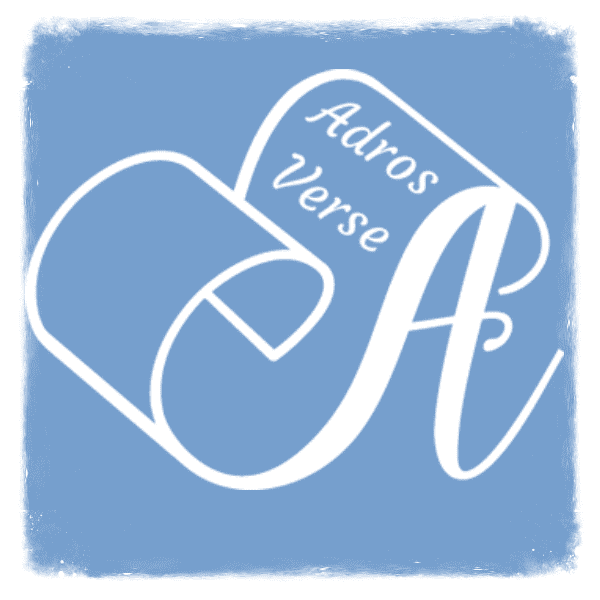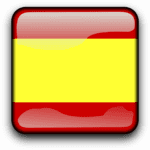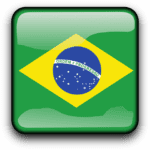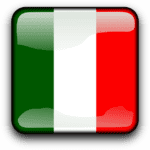In this lesson, we learn the cardinal numbers in French. Here, we will learn how to count from 1 to 10 and beyond.
| un, une | 1 | vingt et un | 21 | cent un | 101 |
| deux | 2 | vingt-deux | 22 | cent deux | 102 |
| trois | 3 | vingt-trois | 23 | deux cents | 200 |
| quatre | 4 | trente | 30 | trois cents | 300 |
| cinq | 5 | trente et un | 31 | quatre cents | 400 |
| six | 6 | trente-deux | 32 | cinq cents | 500 |
| sept | 7 | quarante | 40 | six cents | 600 |
| huit | 8 | quarante et un | 41 | sept cents | 700 |
| neuf | 9 | quarante-deux | 42 | huit cents | 800 |
| dix | 10 | cinquante | 50 | neuf cents | 900 |
| onze | 11 | cinquante et un | 51 | mille | 1.000 |
| douze | 12 | cinquante-deux | 52 | deux mille | 2.000 |
| treize | 13 | soixante | 60 | dix mille | 10.000 |
| quatorze | 14 | soixante-dix | 70 | cent mille | 100.000 |
| quinze | 15 | soixante et onze | 71 | cent mille un | 100.001 |
| seize | 16 | soixante-douze | 72 | un million | 1.000.000 |
| dix-sept | 17 | quatre-vingts | 80 | deux millions | 2.000.000 |
| dix-huit | 18 | quatre-vingt-dix | 90 | dix millions | 10.000.000 |
| dix-neuf | 19 | quatre-vingt-quinze | 95 | un milliard | 1.000.000.000 |
| vingt | 20 | cent | 100 | deux milliard | 2.000.000.000 |
The Number “0”
The number “0” in French is “zéro,” pronounced as “ze-яo.”
Notes on Pronunciation
1. In the number “sept” (7), the “p’’ is always silent, and the final “t” is always pronounced. Thus, “sept” is pronounced /set/.
2. The final “f” in “neuf” (9) is always pronounced.
3. The final letter is pronounced in “cinq” (5), “six” (6), “huit” (8), and “dix” (10), unless they are followed by a consonant. In this case, the final letter is mute. Some people pronounce the final “q” in “cinq” in all contexts.
Tens
In French, the cardinal numbers 21-99 are formed by combining the tens (vingt, trente, quarante, … etc.) and the units (un, deux, trois, … etc.) with a hyphen in the middle.
The only exception is when the unit is “un” or “onze.” In this case, the preposition “et” (and) is used, e.g., “cinquante et un” (51), “soixante et onze” (71).
Notice that the number “soixante-dix” (70) is formed by combining “soixante” (60) and “dix” (10), and the number “quatre-vingts” (80) literally means “four-twenties,” i.e., 4 times 20.
Hundreds
The word for a hundred in French is “cent.” The multiples of a hundred (200-900) are formed by combining the cardinal number (deux, trois, … etc.) and the plural form “cents” to form (deux cents, trois cents, … etc.).
Thousands, Millions, and Beyond
The word for a thousand in French is “mille.” The multiples of a thousand are formed by combining the cardinal number and “mille” to form (deux mille, trois mille, … etc.).
We use a comma to separate decimals and a period to separate thousands in French. For instance, the number 2.155,25 in French is equivalent to 2,155.25 in English.
Numbers of more than two digits in length are written separately. Unlike in English, the conjunction “and” is not used anywhere between units, tens, hundreds, thousands, etc., except before “un” and “onze,” for example, “deux cent trente-sept”(237), “quatre cent cinquante et un”(451), “cent soixante et onze”(171), etc.
To say a billion in French, we use “milliard.” The word “billion,” in French, is a trillion in English.
When describing items in millions or billions, one must add “de,” or “d’” before a vowel or a mute “h,” after “million(s)” or “milliard(s),” e.g., “un million d’étudiants” (a million students), “trois millions de livres” (three million books), “deux milliards d’habitants” (two billion inhabitants), etc.
Notice that, in French, we cannot use the English way of expressing years, as in “nineteen seventy-three” (1973); that is, saying “dix-neuf soixante-treize” is incorrect. The correct way is to say “mille neuf cent soixante-treize.”
Arithmetic Operations
The basic arithmetic operations in French are as follows:
| + | plus | plus |
| – | moins | minus |
| × | fois | times |
| ÷ | divisé par | divided by |
| = | égalent/font | equals |
Next: Subject Personal Pronouns
Other lessons in Level I:










